Meditative Spindling
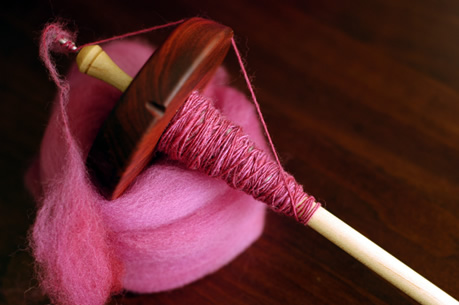
Spindle spinning is compatible with meditation because it incorporates repetitive motion and invites contemplation. With practice and dedication, the spinner can achieve benefits such as:
- increased focus and concentration
- stress reduction
- reduction of inflammation
- decreased resting heart rate
- increased neuroplasticity
- a capacity for compassion and empathy
- a sense of personal achievement and fulfillment
In order to begin, you will need:
- a drop spindle weighing between .75 ounce to 1.5 ounces (about 25 – 45 grams)
- spinning fiber with a staple length of 2.5 to 4.5 inches
- one yard of yarn (preferably spun from natural fibers)
- a pillow or cushion if the floor doesn’t have a rug or carpet
- comfortable, non-restrictive clothing
Types of Spindles:
Suspended spindles are spun in mid-air by the spindler, and drop toward the ground as the fiber is drafted. A spindler may flick or snap the spindle with her hand, or get the spinning motion started by rolling the shaft of the spindle against her outer thigh. Spun fiber is then wound onto the shaft of the spindle and stored there for plying.
Top (high) whorl
Mid (center) whorl
Bottom (low) whorl
Turkish — a variety of bottom whorl spindle with cross arms
Supported spindles rest with their tip on the floor, the thigh, or in a shallow cup or bowl.
Navajo
Russian
Tibetan
Key Terms
batt: a preparation of fiber made with a drum carder or hand carders
cop: the accumulated (often conical) ball of yarn wound around the shaft of a spindle
distaff: a staff or stick that holds fibers (particularly flax) in preparation for spinning
draft: the act of aligning and elongating fibers in preparation for spinning
draft zone: the space between already spun and unspun fiber
ply: the action of twisting two or more singles together to create a usable and balanced yarn; or, the number of singles plied together to form a yarn, as in 2-ply, 3-ply, etc.
rolag: a roll of carded fiber, ready for spinning
single: a thread or single ply of fiber
spindle: a hand-held tool for making yarn out of plant or animal fiber
staple: the length of a single strand of fiber
twist: either clockwise (Z) or counter-clockwise (S) depending on the motion of the spindle; to achieve a balanced yarn, spin singles in one direction and ply in the opposite direction.
whorl: the part of a drop spindle that gives it weight and allows it to spin
woolen–spun: a type of yarn in which fibers are un-aligned, resulting in a softer, loftier yarn; in spinning, the spindler allows twist to enter the draft zone
worsted–spun: a type of yarn in which fibers are aligned, resulting in a sturdier, firmer yarn; in spinning, the spindler does not allow twist to enter the draft zone
Consult the Joy of Handspinning glossary for additional terms.
Tips for Beginning Spindlers
- try a variety of spindle styles and weights
- test light weight (.75 – 1.23 oz.) spindles, which are not typically recommended for beginners
- work over carpet or a pillow to protect your spindle
- store your spindles carefully
- remove the shaft from a Turkish spindle before storing
- select natural fiber with a medium staple length (3-4 inches)
- experiment with fiber preps such as rolags or punis
- spin frequently, but for short durations; 15 minutes a day is a good target and will help you build your skills and confidence
- ply, finish, and use your yarn right away
Links & Resources
New York Times article: The New Spinners: Yarn is the Least of It by Elizabeth Olson
On Handcraft video featuring Renate Hiller
The Basics of Drop Spindling video featuring Abby Franquemont; also spinning video 1 and video 2.
A video explaining the types of hand spindles.
Links to videos on the Jenkins Yarn Tools site.
An article by Fania Letoutchaia about traditional supported spindles.
An article about the history and evolution of hand spinning.
Consider the colors that correspond to your body’s chakras or energy centers. This link contains helpful information about color therapy.
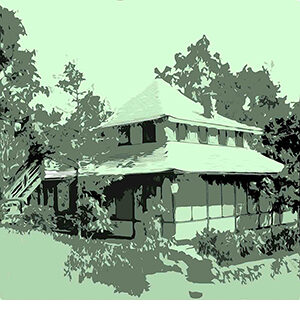
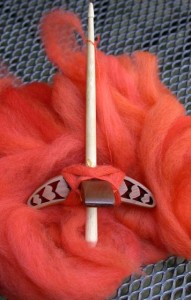
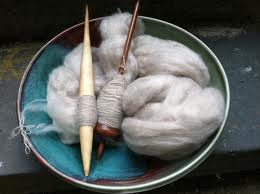
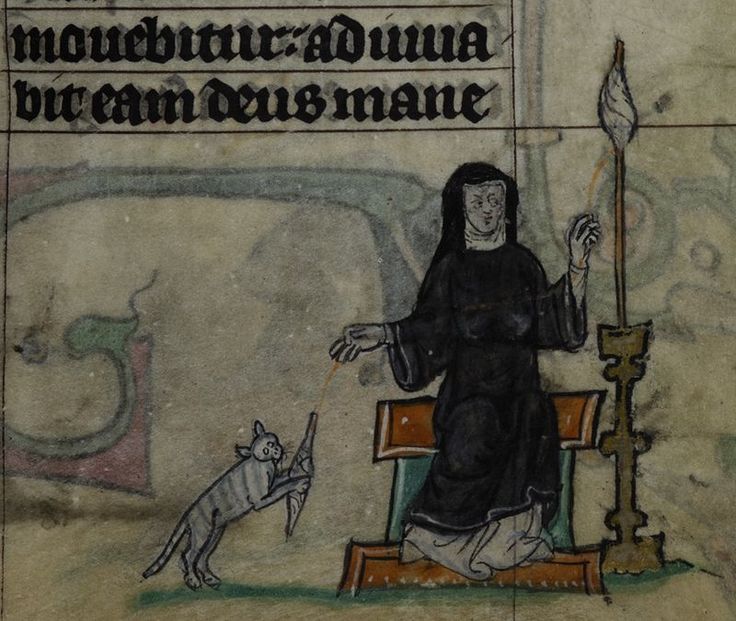

Mary & Sue:
I’m so pleased that you have found inspiration and helpful tips on this website and from the podcast. I appreciate your thoughtful comments!
Hi Sara, I am working on my drop spindling – and it seems like the only fiber craft I have mind space for right now. Thank you for all the information and inspiration.
Mary (the same as in the fiber friends group for spring 2020 )
Thanks so much for providing this excellent information. All your podcasts and recordings are so interesting, thoughtful and relaxing. Very helpful, and perhaps the start of a new practice for me. Much appreciated.